The winner of this year’s Mundy Award for Engineering is Matthew Becker, chief engineer – vehicle attribute engineering, at Aston Martin Lagonda Ltd. That’s the formal introduction for a man who talks about cars with the sort of casual ease and disarming honesty that sometimes puts public relations people on edge.
It would undersell Becker’s influence to say he has been presented with the Mundy Award only for his work on the new DBX, Aston’s first sports utility vehicle. But there’s no denying that the excellent new 4x4 has broadened Aston’s range like never before, in a fashion that most of the company’s rivals have found crucial to turning a profit. And it’s Becker’s talent and experience that are at the heart of the car.
The challenge, for a company of Aston’s size and which isn’t part of a wider automotive manufacturing group, shouldn’t be underestimated.
“I think any company that thinks doing an SUV is easy is wrong,” Becker tells me, while seated across a table in a meeting room at Aston Martin’s development works beside Silverstone’s Stowe circuit. “When we started on that project, I had worked on SUVs,” he says, “but pretty rudimentary passive ones; easy compared with this thing.”
Prior to joining Aston Martin in 2015, Becker had worked at Lotus, both on its own road cars and in the engineering division, where he helped develop cars he can’t tell us about. Until moving to the Midlands, he’d been at Lotus for his entire career – and what seemed like longer.

As the son of Lotus dynamics guru Roger Becker, Matt grew up around prototype cars. “Every time Dad would pick me up, he’d be in a different development Lotus: Europas, Elites, Excels, Esprits, everything,” he says. “I wasn’t forced to take this direction but it was like a chip being inserted into my brain from an early age. I remember how Dad would drive. I’d ask why he was wiggling the car around and he said he was trying to feel the steering response, axle phasing, roll behaviour, whether the steering gave him all the information he needed. At 12 or 13, I didn’t have a clue what he was talking about, but that started the obsession and realisation that I wanted to go into vehicle dynamics.”
Becker began his apprenticeship at 16, starting on the same day as Gavan Kershaw, now Lotus’s director of attributes and product integrity, and James Key, now McLaren’s F1 technical director.
At first, Becker wasn’t allowed to get too close to vehicle dynamics – engineers were meant to be 23 before they could get a permit for test driving – but he spent some time being tutored by Alistair McQueen, Lotus’s famed development driver, who realised the younger Becker had natural talent (even though he’d already binned his dad’s company Vauxhall Carlton on the way to a night out after giving it “the biggest clutch kick of my life” in an effort to get it sideways rather too effectively). “I ended up specialising as an engine technician,” says Becker. It took until he was 21, “when a job came up as a junior development engineer on the Elise”, that his job began to involve driving.
“It was basically doing a bit of everything, so I was helping develop theElise’s metal matrix composite brakes, the heating and ventilation system, headlights, anything,” says Becker. “They still wouldn’t let me too close to the dynamics, then eventually they said ‘Do you want to do some tyre development on the 111S?’ when we went to a 225 rear tyre with Pirelli. I thought ‘Finally!’, and that was the entrance to it.”
The Series 2 Elise followed (“a much bigger change on the dynamics than people realised”) alongside myriad versions of the Elise and Exige platform, including the 340R and the 2-Eleven, plus confidential Lotus Engineering cars for other car makers. Then came an all-new Lotus.

“Around 2007, the company wanted to do the Evora,” says Becker. “The Elise Series 2 was a development of a car that existed, but the Evora was a completely clean sheet of paper and my opportunity as a development lead to basically work with the design and analysis teams and say ‘This is what I want this car to achieve’.”
The Evora was a longer-legged GT car. “I’d spent so much time in Elises and knew how tiresome they became over long distances,” says Becker. “I wanted to create a car that was as agile as the Elise but a lot more comfortable, a lot more forgiving.” It won Autocar’s Britain’s Best Driver’s Car contest in 2009, but Becker will also admit that Lotus “made cars for engineers” rather than customers and that “you’d have to liquidise passengers before they’d fit in the back” of an Evora. On top of all that, the Evora’s generous steering lock, so useful for sliding the car around, meant the wider wheel wells badly offset the pedals.
“Towards the end of my time at Lotus, in 2014, I was thinking ‘Well I’ve done Evora, what’s next?’, and Geely [Lotus’s current owners] weren’t around,” says Becker. He talked to a few different people, including Aston Martin, just when Andy Palmer, who had previously tried to headhunt him, was appointed Aston’s boss. “I thought there’s some kind of fate here,” says Becker.
“Andy told me what the cycle plan was at Aston. I didn’t think there’s anywhere else I could go that would give me such an opportunity to apply some of my knowledge and learn new things, unless you go to Porsche or Lamborghini, not even McLaren. You’re not going to have that portfolio of experience, so I took a leap of faith.”
What followed was “the biggest culture shock of my career”, he says. On his first day, Becker was handed six or seven printed sheets of acronyms and their explanations, a “Ford-speak” hangover of the company’s time as part of Ford’s Premier Automotive Group, that he’s since either helped to drive out or “just got to know them”.

He started when the DB11 project was already pretty well advanced, but he was able to have a bigger hand in the Vantage and is particularly fond of the DBS Superleggera. The DBX, however, a four-and-a-half-year project, is very much a car Becker oversaw from the start. “We had to do tons of benchmarking,” he says.
“We needed to understand these products and measure them to death to get the characteristics we wanted.” Pick a rival SUV and, by and large, you’ll find it comes from a member of a big manufacturer group, with both the opportunities of scale and the drawbacks of having to fit into a niche that such an association entails. “We could say: ‘X car feels like that because of this number or that number,’” Becker explains. “But basically we generated what we wanted DBX to be because we’ve got the freedom; it gave us the chance to make something we wanted in terms of package for the car but also in terms of dynamics for the car. We were like ‘Yeah, these guys have done this’ because that’s the bandwidth they’ve got to work in. We didn’t have to do that.”
The result is a car that was launched just as Palmer was ousted and new boss Tobias Moers was installed by new investors. “He’s one of the most technical CEOs I’ve worked with,” says Becker. “So much so that when I first met him, we were discussing bush differences on AMGs and he knew the different rates – axial, radial and torsional – on all of the different suspension bushes on the car.” British roads (and, you suspect, Becker) have persuaded Moers that sportiness doesn’t have to come at the expense of isolation. “Tobias knows comfort is important certainly to Aston customers,” says Becker. “They don’t want a GT car that isn’t comfortable, so he gets that.” Moers arrived just in time to adopt a vehicle that has the best ride and handling blend in the class in the form of the DBX, and in Becker he has one of the world’s most eminent vehicle engineers.
3 he wishes he'd worked on
Porsche 911 GT3: Most engineers find themselves fans of Porsche’s 911 GT cars.
McLaren 720S: “When I drive McLarens they feel a bit like Lotus, but a modern version. The 720S has a nice balance between comfort, performance and feel.”
Lotus Elan 26R: “I raced one of them at Silverstone and it reminded me of simplicity, connection and fun in a car.”
Becker on Richard Parry-Jones
A mark of Becker’s modesty is that on arriving at Aston Martin, he asked non-executive director Richard Parry-Jones to be his mentor. “I used to see him every other month probably, and we’d just sit down and talk about what I was doing, not just with my career but day-to-day challenges,” says Becker. “He was almost like a counsellor.
“I first met him in 2007, I think. The first thing I noticed was he knew all of the numbers, all of the data, and it prepared me for dealing with people of that level and intellect.”
After test drives with Parry-Jones (not for faint-hearted passengers), “he had this method where he went through the whole car section by section, not just dynamics but any resonances, brake feel, throttle feel. But it’d always start with the steering because he had this ‘50-metre test’, which is valid today and we all still use,” Becker explains. “I’ll miss his mentorship a lot.”
READ MORE
Autocar Awards 2021: all the winners
Autocar Awards 2021: Hyundai Chairman Euisun Chung wins Issigonis Trophy​
Autocar Awards 2021: Polestar's Thomas Ingenlath wins Sturmey Award
Promoted | How Britishvolt is electrifying the UK car industry

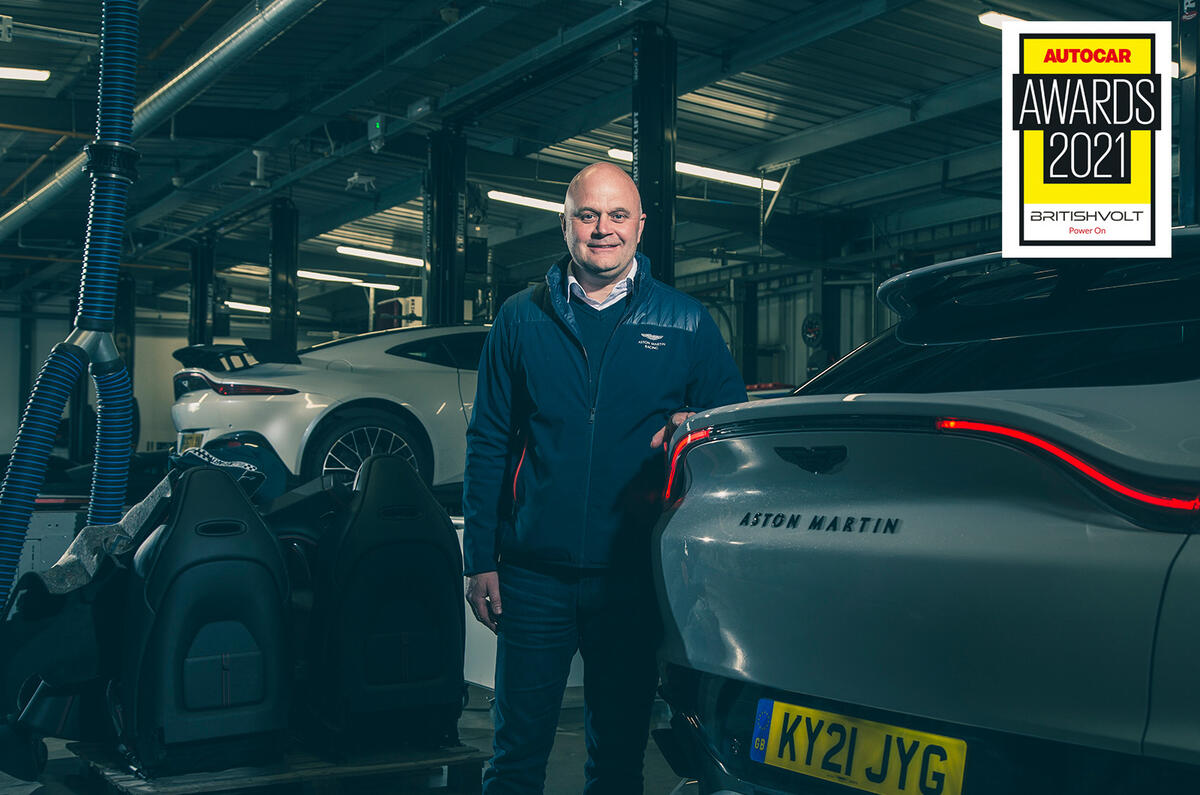
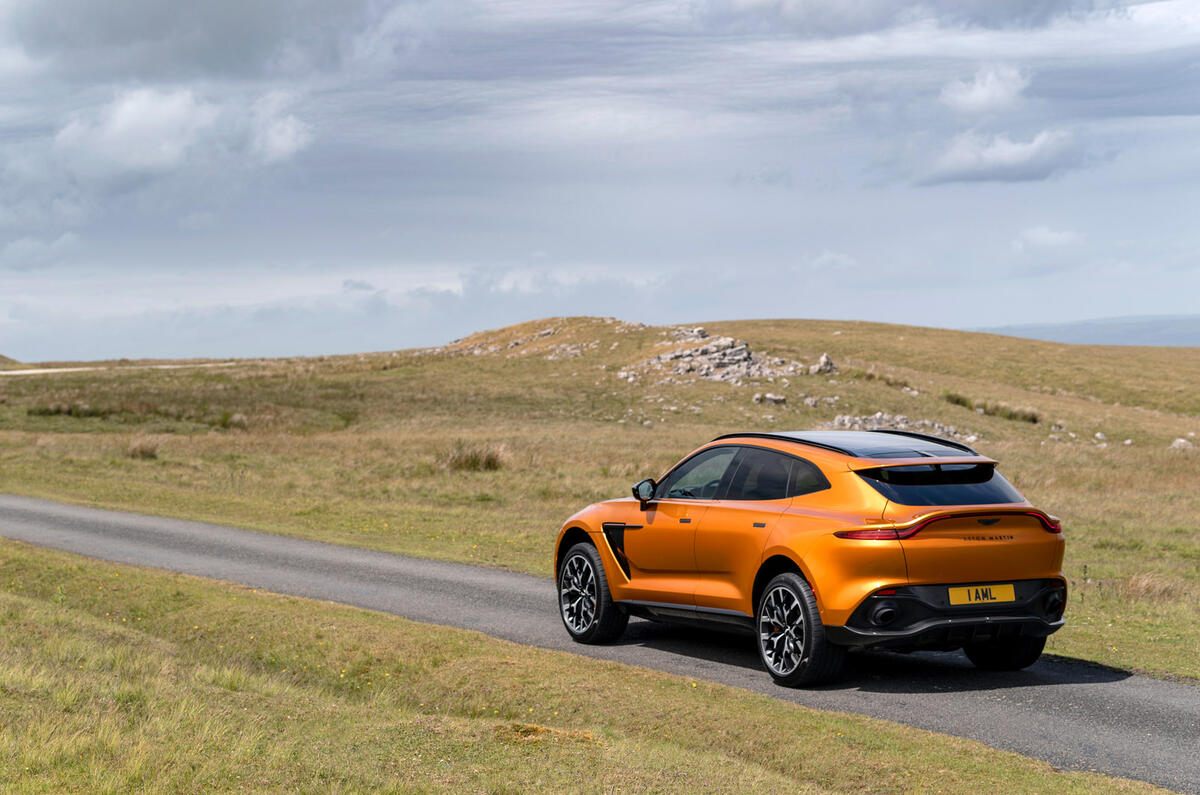
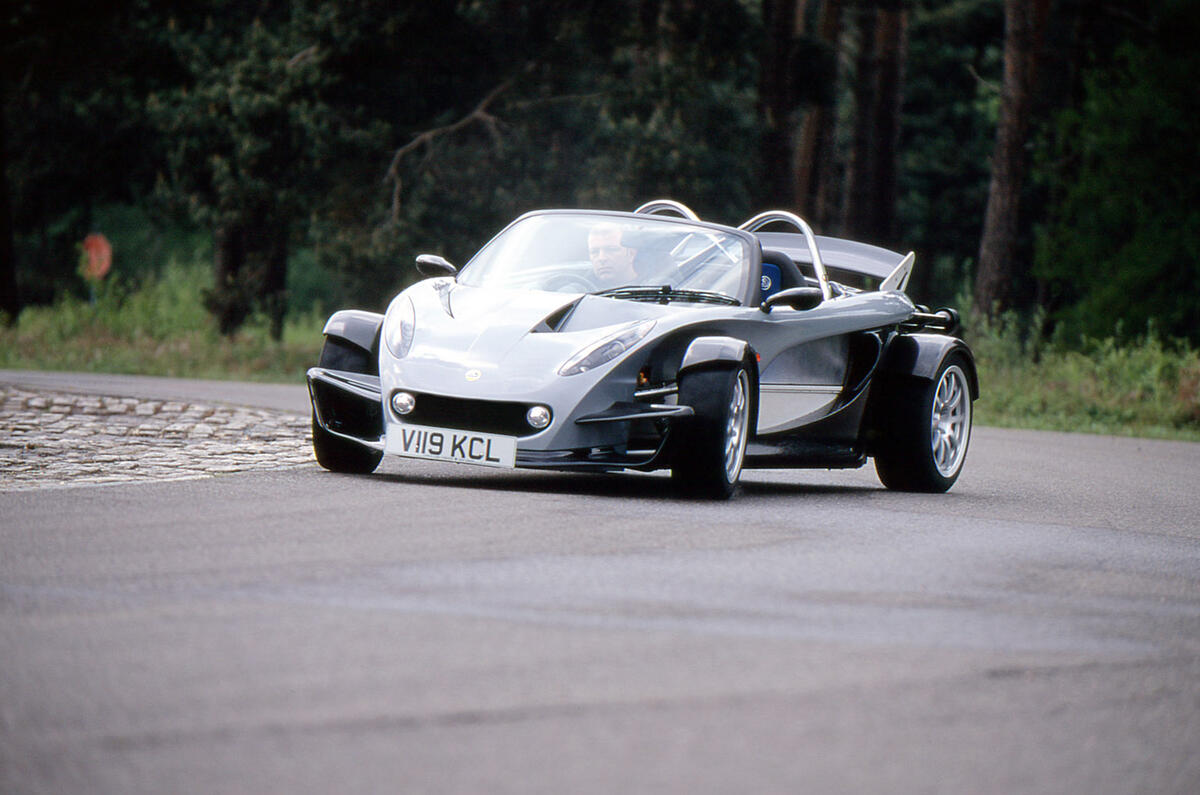
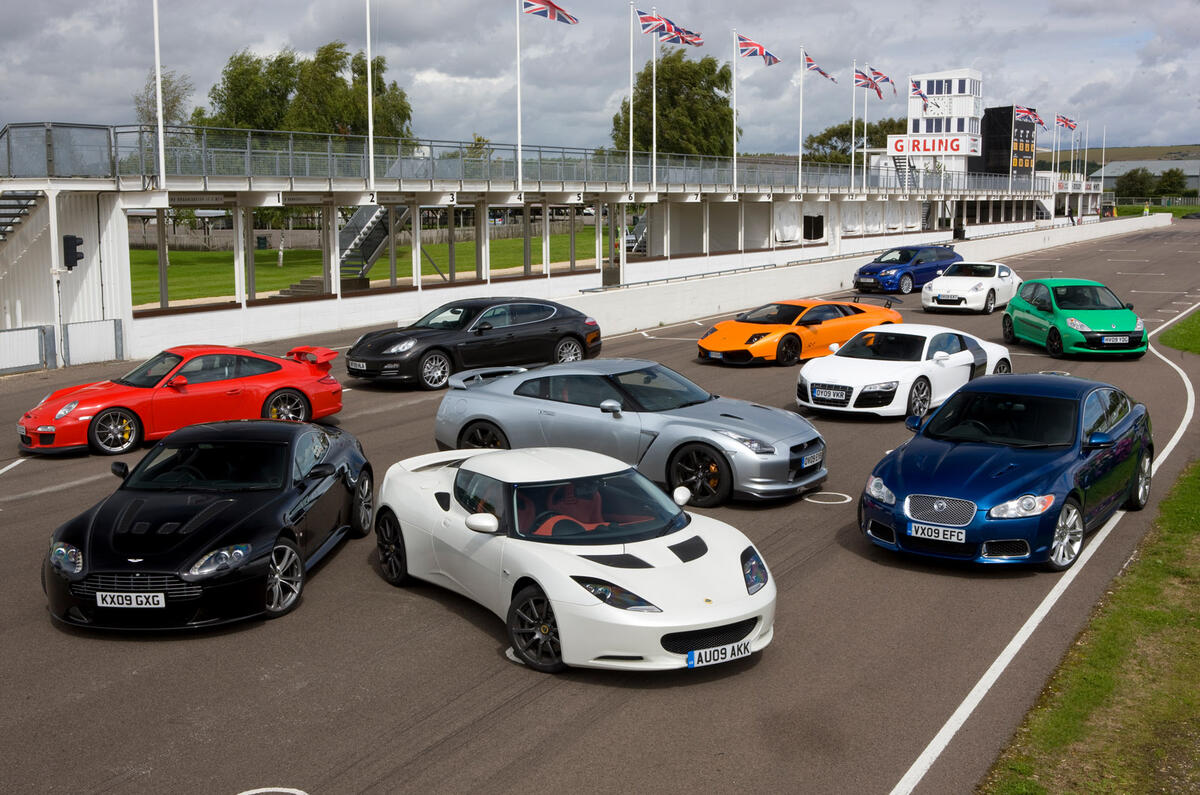


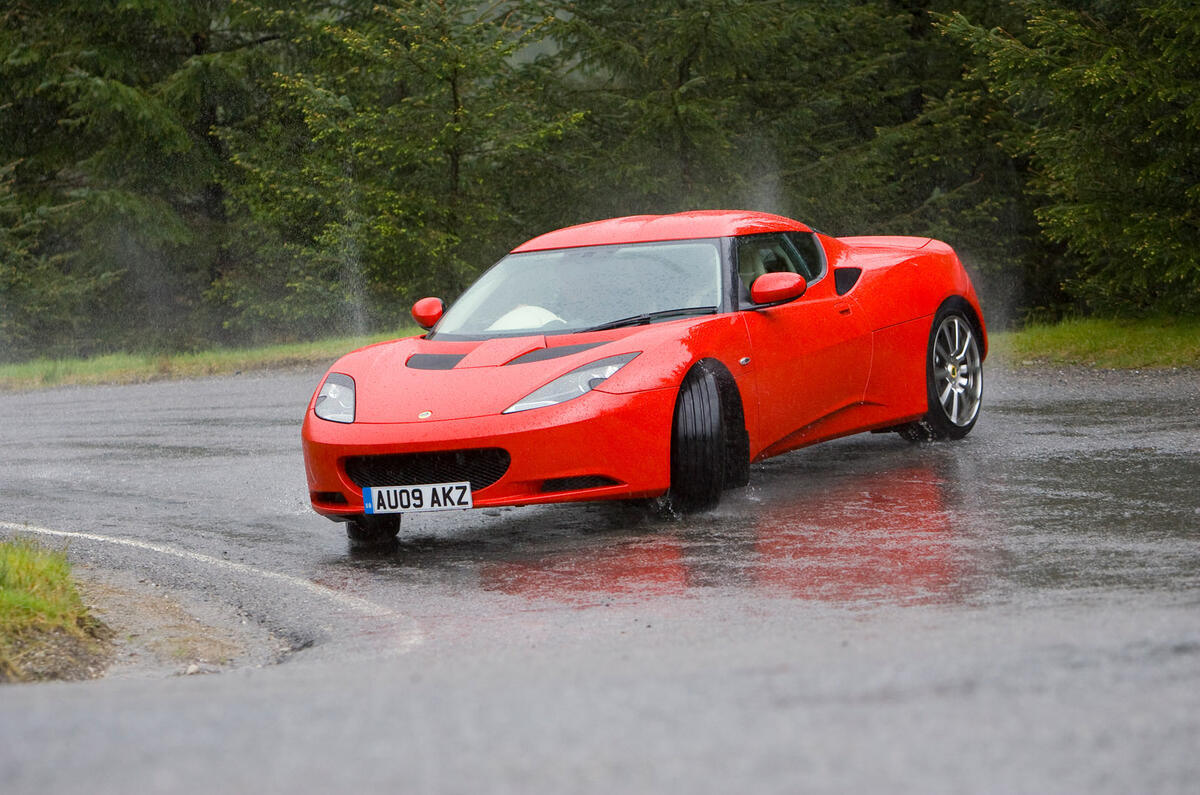
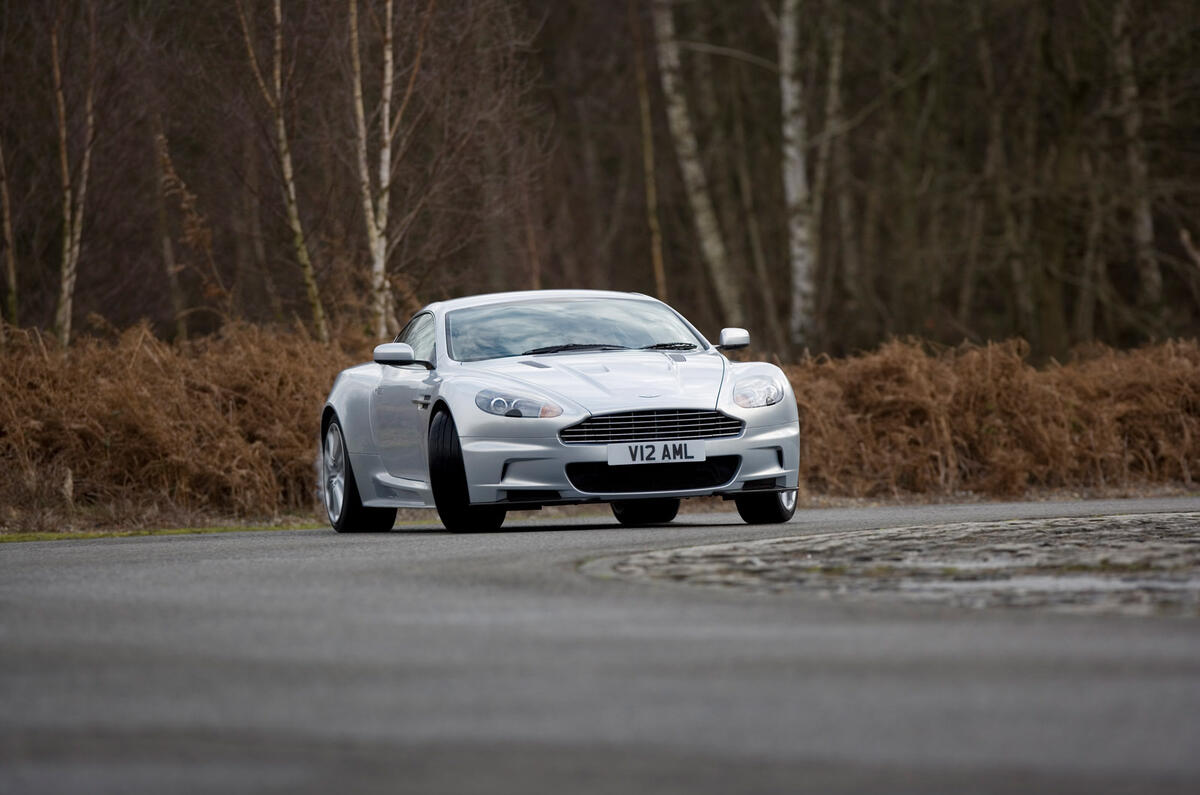






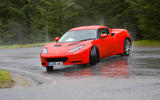






Join the debate
Add your comment
The engineering is excellent, there is no question there.
But the design? Put it this way, ask Aston what the sales are like now they've gone through their pre-orders. Might be a bit worrying...